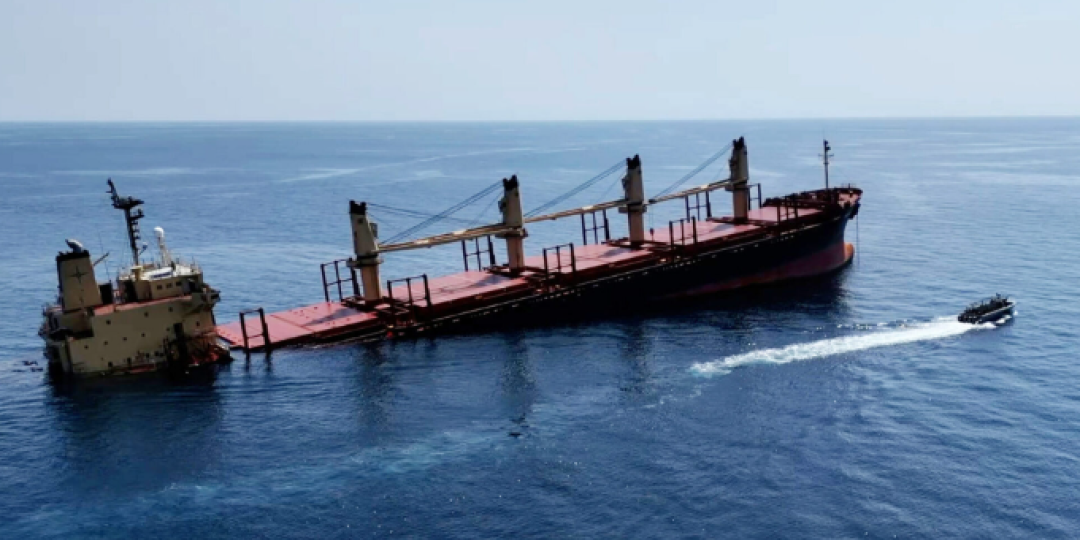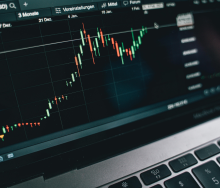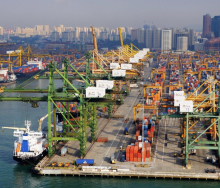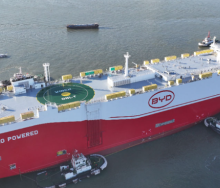Houthi militia attacks on Red Sea shipping have drastically altered the international flow of crude oil products.
New data by the US Energy Information Administration (EIA) shows that the amount of crude oil and oil products flowing through the Bab el-Mandeb, the southern choke point at the mouth of the Red Sea, decreased by more than 50% in the first eight months of this year.
Bab el-Mandeb is a narrow strait that borders the Yemeni coast and is the southern entrance to the Red Sea.
After Yemen-based Houthi militia attacks on commercial ships transiting the Red Sea started in November 2023, some vessels began bypassing this route and instead chose the longer and more costly route around Cape Town.
Oil trade flows through Bab el-Mandeb averaged four million barrels per day (b/d) in 2024 through August, compared with 8.7 million b/d in full-year 2023, according to data from the cargo tracker Vortexa. By comparison, the volume of crude oil and oil products flowing around the Cape of Good Hope increased to 9.2 million b/d in the same period, compared to an average of six million b/d in 2023.
Choke points, narrow channels along widely used global sea routes, are critical to global energy security and are monitored closely by the EIA. Even temporary obstacles to the safe transit of oil through a major choke point can lead to substantial supply delays and higher shipping costs, resulting in higher world energy prices.
Along with the Bab el-Mandeb Strait, the Suez Canal and the SUMED pipeline, both of which are located in Egypt and connect the Red Sea with the Mediterranean, are strategic routes for Persian Gulf oil and natural gas shipments to Europe and North America.
The Strait of Hormuz, located between Oman and Iran, which connects the Persian Gulf with the Gulf of Oman and the Arabian Sea, is the world's most important oil choke point because large volumes of oil flow through the strait. In 2023, oil flows through Hormuz averaged 20.9 million barrels per day (b/d), or the equivalent of about 20% of global petroleum liquids consumption. The same approximate portion of global liquefied natural gas (LNG) trade also flowed through the Strait of Hormuz in 2023.













